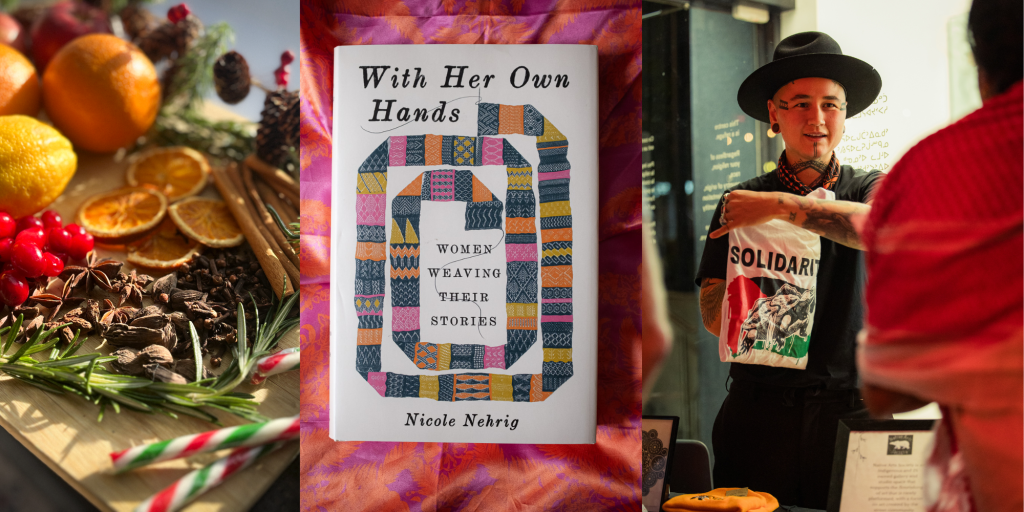Change in Social Norms Around Men’s Unpaid Care Work
Social norms which restrict men’s participation in unpaid care work need to change in order to achieve gender equality. But, how do these norms change? Lucia Rost shares insight from research in northern Uganda.
Domestic work and caring for people is crucial to society and the economy. Across the world, women undertake more than three-quarters of unpaid care. This perpetuates gender and economic inequalities and is detrimental to women’s health, well-being and opportunities. To achieve a more equal division of care work, social norms underpinning inequalities need to change.
My PhD, which was linked to Oxfam’s Women’s Economic Empowerment and Care (WE-Care) programme, explored how social norms around men’s participation in unpaid care work change, under what circumstances, for whom and why. In a paper I discuss the following five insights based on mixed-methods research in post-conflict northern Uganda.
1. Social norms are strong, but they can change
Beliefs about what other people do and think one should do shaped men’s unpaid care work. Most people said that men ‘could not do care work’ because this was perceived ‘negatively’ by their community who would make fun of them, talk behind their backs or openly criticise them. Some men said that they could not cook or fetch firewood because they had never seen any other men doing this. Social norms were strikingly strong.
But there were other voices too. About a third of the people I interviewed told me that gender norms were changing in the post-conflict context where people felt torn between the ‘old’ and the ‘new’. Formal education, ‘modern’ influences and NGO interventions were said to have shifted gender norms and to have encouraged some couples to share care work more equally.
2. Changes may be subtle rather than radical
I found a 'relaxation' of gender norms for some, rather than 'radical change'. I observed subtle changes in day-to-day practices and beliefs, with some men taking on more responsibility for care work and finding creative ways of justifying this. Care work largely remained ‘woman’s work’, but some said that it had become more ‘acceptable’ for men to ‘help their wives’ with care work. It was, for example, considered acceptable for men to do care work to ‘develop the home’ or to follow a ‘modern trend’, as expressed by a woman:
“My husband doesn’t want to remain backwards.. . . this is why most times he comes in to do this and that, to leave the old style of living and adopt the new one to achieve development . . . [He says to himself] I have to work hard, share responsibilities with my wife in order to move forward, achieve something. But if he stayed back in the dark he will not reach there.“
3. Equipment can be a driver of change
Men were more likely to engage in care activities that required equipment. For example, men were more likely to sweep outside in an upright position with a bigger broom than sweeping inside the house bending down with a smaller broom.
Some men said that new types of easily accessible equipment had made it more acceptable for men to do some care work activities, such as grinding with grinding mills or fetching water with a bicycle.
The survey data finds that men who owned a bicycle spent more time fetching water.
This relates to a recent WE-Care evaluation suggesting that a combination of both equipment and social norms interventions have the greatest impact on men’s participation in care work.
4. Change doesn't come without resistance
Social norms change is usually not straight forward and is likely to be met by resistance. In the post-war context, some men struggled to meet expectations of masculinity, especially providing for their families. These men were more likely to defend social norms assigning care work to women. Sticking to a traditional division of care work seemed to be an important way for some men to express masculinity and gender identity.
5. Young people more positive about change
Older men often said that they were ‘too old to do care work’, but children and adolescents had more progressive views about gender equality. They were more likely to approve of vignettes describing men doing care work than their parents. A 17- year-old boy explained:
In the African traditional society, cooking was for girls only, but nowadays, the world is changing, anyone can do anything. We are in the 21st century … In the time of our fathers and mothers, they said boys do their work and girls do their work. But in our time now, when we are grown, when we are old now, we can cook; no problem!
Dr. Lucia Rost is a researcher at Oxfam's Women's Economic Empowerment and Care programme.

